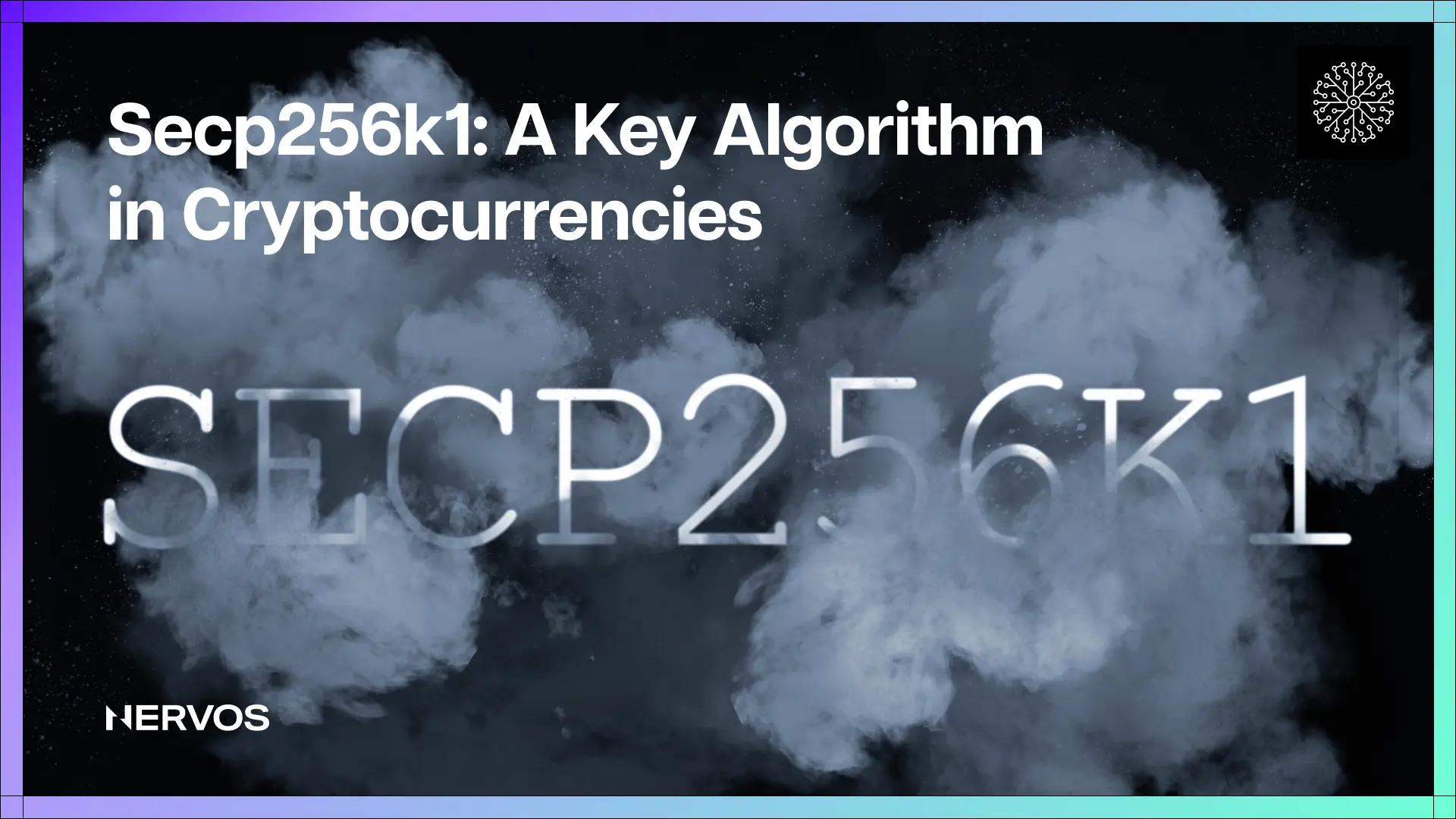Trading platform communities and forum posts: using the title "US government wallet adds 127,000 BTC" to attract clicks, the comments section shows highly upvoted speculation that "the algorithm has been broken," further amplifying the misinterpretation. (Reddit) Urban media and portals highlighted "largest ever" and "hosted in the US" in their headlines, but readers often misinterpreted "gaining access/control" as "technically breaking through Bitcoin." (cbsnews.com) In contrast to the "deleveraging" in the crypto market, gold hit new all-time highs from October 15-21: after breaking through $4,100 on the 13th, it broke through $4,200 on the 15th, reaching a high of $4,381/ounce on the 20th-21st, with the narrative quickly shifting to "gold is safer." (Reuters) On Friday, October 31, Bitcoin recorded its first monthly decline in October since 2018. Many people then readily conclude: "The algorithm was breached, hence the price drop and the shift of funds to gold." This rumor "seems plausible" because price—news—fear is pieced together into a false causal chain. Now you should understand clearly that this is a classic example of hindsight bias and narrative manipulation: the main reason for Bitcoin's decline is deleveraging and liquidity withdrawal; the DOJ document states a transfer of access/control, not an algorithm breach; the strength of gold is more a result of macroeconomic safe-haven demand and interest rate expectations. However, there's one more thing you might not be aware of: how exactly did the US gain control over Chen Zhi's Bitcoin? 1 | What exactly did the US "break through"? If you look closely at the original indictment, the answer is almost obvious: The US did not "break the algorithm," but rather gained "access and control" over these coins. In a press release dated October 14, 2025, the Department of Justice announced the largest civil forfeiture in history against approximately 127,271 bitcoins, specifying that these assets are "currently in U.S. custody"—the wording refers to custody and control, not "calculating the private keys." The same document also states that the Bitcoins were previously stored in unhosted wallets, with the private keys held by Chen Zhi himself. This further indicates that access rights were transferred from an individual to law enforcement agencies, rather than the algorithm being compromised. The accompanying actions on the same day also corroborated the narrative of the "judicial and sanction path": the Treasury announced unprecedented joint sanctions against the Prince Group's transnational criminal organization, specifically naming Chen Zhi and freezing a wide range of related entities and channels; the British government simultaneously issued enforcement notices and asset freeze information. This is a typical "case path"—prosecution + confiscation + sanctions, a completely different logic and departmental division of labor from "technical decryption." Further details are found in the official documents: the indictment and confiscation complaint released by the Eastern New York Federal Prosecutor's Office detail the legal and evidentiary chain of "how to locate and claim confiscation," but never claim to have "reverse-engineered" the 256-bit private key using mathematical methods. In other words, what's being transferred is the "right to use" the key, not the "mathematics" of Bitcoin; "custody in the US" means custody and enforcement under judicial control, not "algorithmic failure." (justice.gov)
Reverse engineering Bitcoin private keys using mathematical methods, while something many dream of, is simply an impossible task before the advent of quantum computers.
2|Why is "breaking" Bitcoin almost impossible?
First, let's clarify the material of Bitcoin's "gate."
Bitcoin uses elliptic curve digital signatures, with the curve secp256k1; a private key is a 256-bit random number, and the signature security is equivalent to solving an elliptic curve discrete logarithm. This isn't an engineering feat you can "break" open by maxing out your graphics card; it's a mathematical problem that no known efficient algorithm can solve in a feasible timeframe.
The National Institute of Standards and Technology (NIST) assesses 256-bit elliptic curve cryptography as having a security strength of approximately 128 bits, considered a long-term acceptable baseline. Bitcoin developer documentation also explicitly states that private keys are 256 bits of random data, used to generate public keys and signatures based on secp256k1. (nvlpubs.nist.gov)

Many rumors claiming the "algorithm has been broken" like to cite "quantum" as evidence. Indeed, Shor's algorithm can theoretically break through discrete logarithms, but only with fault-tolerant large-scale quantum computers.
By connecting the clues of these cases, you will find that the so-called "US cracking Bitcoin" has actually been about "access"—devices, passwords, cloud backups, and the psychological defenses of accomplices and the parties involved; not the "algorithm" supported by secp256k1 and 2^256.
In the case of Chen Zhi, the public documents only tell us that "the key is now in the hands of the US," without disclosing the specific details of obtaining the key. So, let's make a bold assumption: what would happen if the US really cracked the Bitcoin algorithm?
4|Counter-evidence: What would happen if the algorithm were really cracked?
Let's conduct a thought experiment: Suppose that an institution really "broke through" ECDSA/secp256k1. That would mean they hold the "nuclear button" of the entire human financial system.
In this scenario, the least likely thing to happen is to publicly confiscate Chen Zhi's 127,000 BTC and issue a press release—that would be tantamount to proactively announcing to the world, "We can unlock this stuff." If a "mathematical nuclear bomb" were to actually breach the signature system of secp256k1, the blockchain wouldn't just give you a news headline; it would "scream" simultaneously on and off the chain. The most vulnerable coins would be affected first: early P2PK addresses containing "Sartosi-era" Bitcoin, and older P2PKH addresses that reused public keys. Chaincode Labs' calculations are more specific: approximately 600,000 to 1.1 million "Sartosi-era" Bitcoins remain in P2PK with fully exposed public keys. Once the public key → private key can be reversed, these will be the first to suffer. Such a run-through migration and large-scale theft cannot be silent; block explorers will trip like seismographs, and social media and blockchain intelligence accounts will explode within minutes. (Deloitte) The second visible signal is that "the wallet of the founding father has moved." The industry consensus that approximately 1.1 million early miner coins belonging to Satoshi Nakamoto "have never moved since 2009–2010" is almost etched into the collective memory of Bitcoin. Any "prehistoric UTXO mass movement" will be captured instantly by all those monitoring the market and reported by the media as a "black swan." If ECDSA is truly breached, you will see these oldest coins being the first to be "tested." But the reality is: these cryptocurrencies remain rock-solid, and every "false alarm" is quickly clarified, which is precisely the reverse evidence chain that the "algorithm hasn't been broken." (The Digital Asset Infrastructure Company) The third chain reaction will spill over into the cryptocurrency world: most "signatures" in the online world will simultaneously fail. Once the "mathematical foundation" collapses, it won't just be wallets catching fire; bank websites, browser lock screens, and enterprise certificates will face widespread replacement. At that time, you won't just read "a case has been seized," but will see network-wide emergency migration announcements issued by certificate authorities and regulators. The real world hasn't shown any signs of this "simultaneous collapse." (nvlpubs.nist.gov)By comparing these "ideals" with the reality we are experiencing, the logic becomes clear:
If ECDSA were truly breached, you would first see violent, synchronous, and unmistakable shockwaves on the blockchain and in the internet infrastructure; not the misinterpretation of a particular case's "custodial wording" as "algorithm breach."
This is the "fingerprint-level" method for distinguishing rumors from facts.
Conclusion
That long bearish candlestick just now pushed "fear" to the center of everyone's screen. Prices do speak, but they only speak the language of emotions: leverage runs, liquidity withdrawals, and shifts in safe-haven flows—these all lower the curve, but they cannot prove that the algorithm has been breached.
Treating the "transfer of access rights under procedure" as a sign of "mathematical decipherability" is merely a panicked excuse. Please separate these two things: prices reflect positions, while legal documents state the facts. The market will continue to fluctuate; this is normal. But common sense shouldn't collapse with the fluctuations.
 Weatherly
Weatherly




